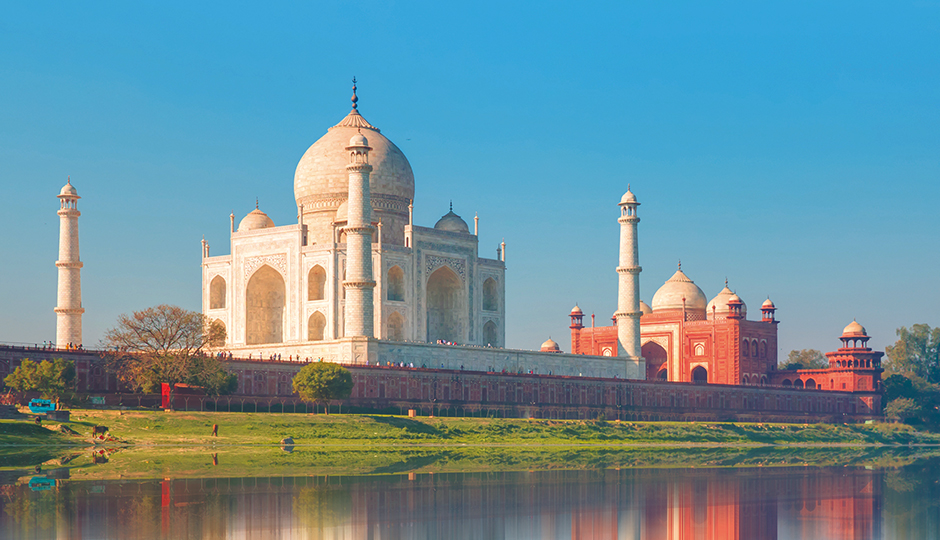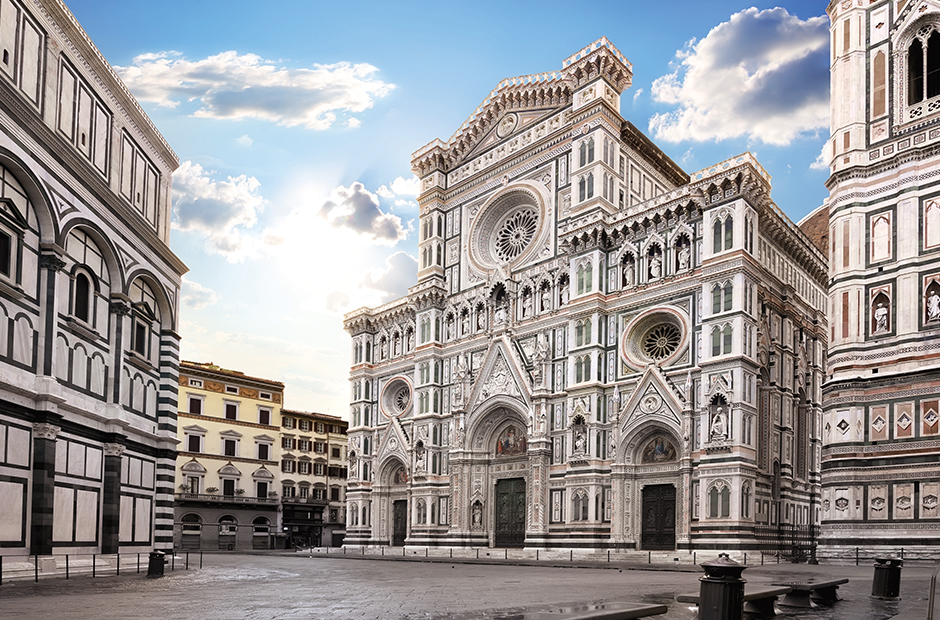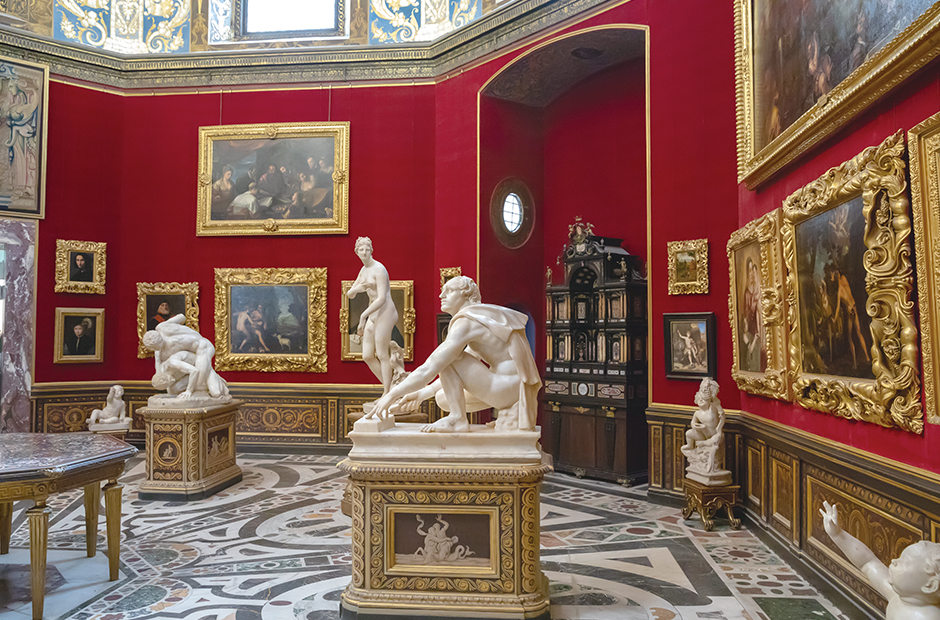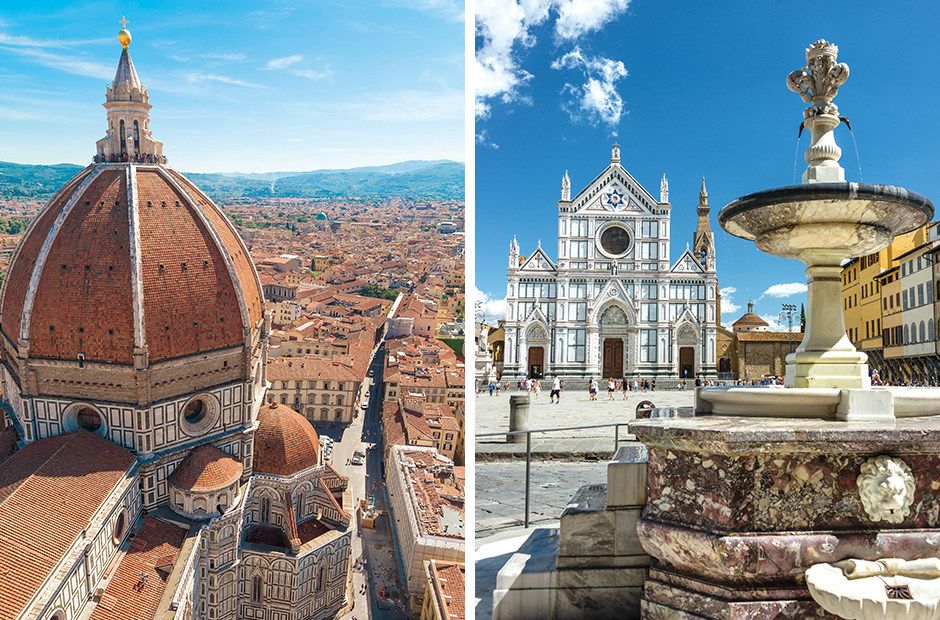
Agra & Florence


Florence is the capital city of Toscana, Italy. This is regarded as the ‘home of Italian Renaissance’ for its architecture and art that flourished during the Renaissance in the medieval era. It is no exaggeration to say that Florence was the center of politics, economics, and culture of Europe and the world between the 14th and 16th centuries. It is also home to the famous Medici Family that sponsored countless famous artists to realize Noblesse Oblige.


The name Florence originated from the word Florentia, a term used by Julius Caesar to describe this place where the flowers bloom, for there was an endless colony of flowers along the Arno River. As you walk across Florence, you will come across as many captivating heritages of the Renaissance period as you can meet the flowers in the city. History merged with the present to exist in everyday life and Santa Maria del Fiore, duomo cathedral which represents Florence, is one of the history. You will find the Cathedral at the center of the city with its massive red dome on top. It is the true landmark of Florence that can be seen from anywhere in the city. It took nearly 150 years to complete the cathedral, so the bell tower and the building itself started out in the medieval style, whereas the dome and sculptures were finished in the Renaissance style. The dome was completed with the ingeniously innovative ideas and tenacity of Brunelleschi. The city tells the legend of his performance to resolve a matter that was almost impossible to solve.

Florence of Italy exists as the essence of European Renaissance, while Agra of India is the cluster of Islamic art. The ancient city of Agra by the Yamuna River was the capital of the Mughal Empire, the Islamic dynasty that ruled India from the 16th century through the 19th century. The Taj Mahal, which was built back then, is still one of the seven mysteries of the world and carefully preserved as a UNESCO World Heritage Site. It also serves as a reminder of a sad love story that has captivated the hearts of the tourists. Shah Jahan, the fifth emperor of the Mughal Empire, had a beautiful queen named Mumtaz Mahal. However, she passed away and the emperor with grief decided to build a huge and beautiful tomb in memory of his wife.
Building her a beautiful and magnificent tomb took 22 years to complete. More than 20,000 workers were deployed to complete the beautiful tomb, and a number of famous architects and masters were brought for it, including Ismail Efendi, a master of Islamic architecture from Turkey, and Geronimo Vereneo from Italy. The gemstone used to decorate the palace was imported from Turkey, Myanmar, Egypt, China, among others, and the pure white marble was transported by elephants from Makrana, Rajasthan. Taj Mahal draws perfect symmetry from every direction. The exterior of the building is filled with the teachings of Koran, the Islamic manuscripts, and beautiful floral patterns, while the interior walls are decorated with the unique floral and jewel patterns of the Mughal Empire. Standing elegantly by the Yamuna River, Taj Mahal is a symbol of the Emperor’s love and a reflection of the Empire’s powers.

